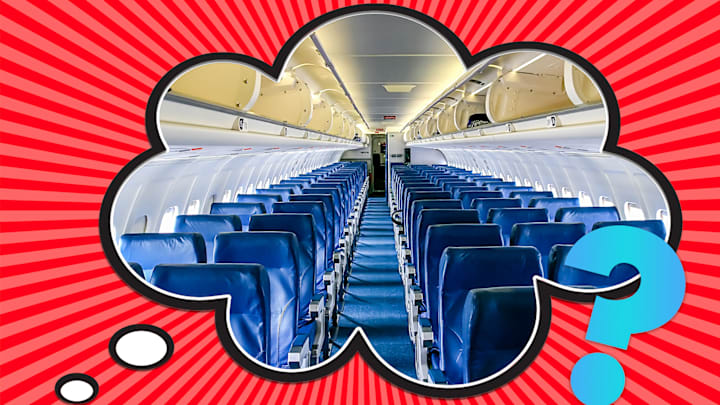Do you groan when you find out you ended up with a middle seat at the very back of an airplane, just feet from the restroom? You’re far from alone, but there’s a definite upside: It’s one of the safest places to sit on a plane, according to Lifehacker.
In 2015, TIME studied data from 17 plane crashes that occurred between 1985 and 2000. The fatality rates were as follows: 32 percent for the rows in the back third, 39 percent for the middle third, and 38 percent for the front third. Those stats might not be a compelling enough reason to give up your hard-earned (or randomly assigned) bulkhead seat, but this could change your mind: The middle seats in the back of the plane had a 28 percent fatality rate, compared with a daunting 44 percent for the aisle seats in the middle third of the plane.
TIME’s research reinforced the conclusions from a 2007 Popular Mechanics study, in which researchers analyzed data from 20 crashes over the previous half-century. They measured in terms of survival rate rather than fatality rate, but the verdict was the same: Your chances of surviving a plane crash are much better if you’re seated at the back of the cabin. The rear cabin’s survival rate was 69 percent while the over-wing and coach sections came in at 56 percent; first- and business-class travelers survived only 49 percent of the time.
Doug Drury, head of aviation at Australia’s Central Queensland University, explained the logic of these stats in a 2023 article for The Conversation. Put simply, the crash impact will affect people in the back of the plane less quickly and less directly than their counterparts in the front. “As for why the middle seats are safer than the window or aisle seats, that is, as you might expect, because of the buffer provided by having people on either side,” Drury wrote.
Both studies mentioned that some of the crashes had no discernable survival patterns, and TIME made it clear that the data means less without factoring in the circumstances of the crashes themselves. If the tail of the plane has an issue, for example, the rear cabin is obviously not very safe. The problem (if you could call it a problem) is that there just aren’t enough plane crashes to study. That’s why you have to evaluate these results with a critical eye. “There are too many variables, and this is the important one—so few accidents—that a simple answer is probably not statistically defensible,” Federal Aviation Administration communications manager Lynn Lunsford told The Washington Post in 2019.
In other words, your takeaway from this data shouldn’t be that sitting near the front of the plane is dangerous. “In 2019, there were just under 70 million flights globally, with only 287 fatalities,” Drury pointed out, calling air travel “the safest mode of transport.”
So if you value your first-class aisle seat as much as your life, that’s probably OK. Rest easy with a neck pillow and this much-less-morbid parting stat: For every 16 million commercial passenger flights, there is only one fatality.
Have you got a Big Question you’d like us to answer? If so, let us know by emailing us at bigquestions@mentalfloss.com.
